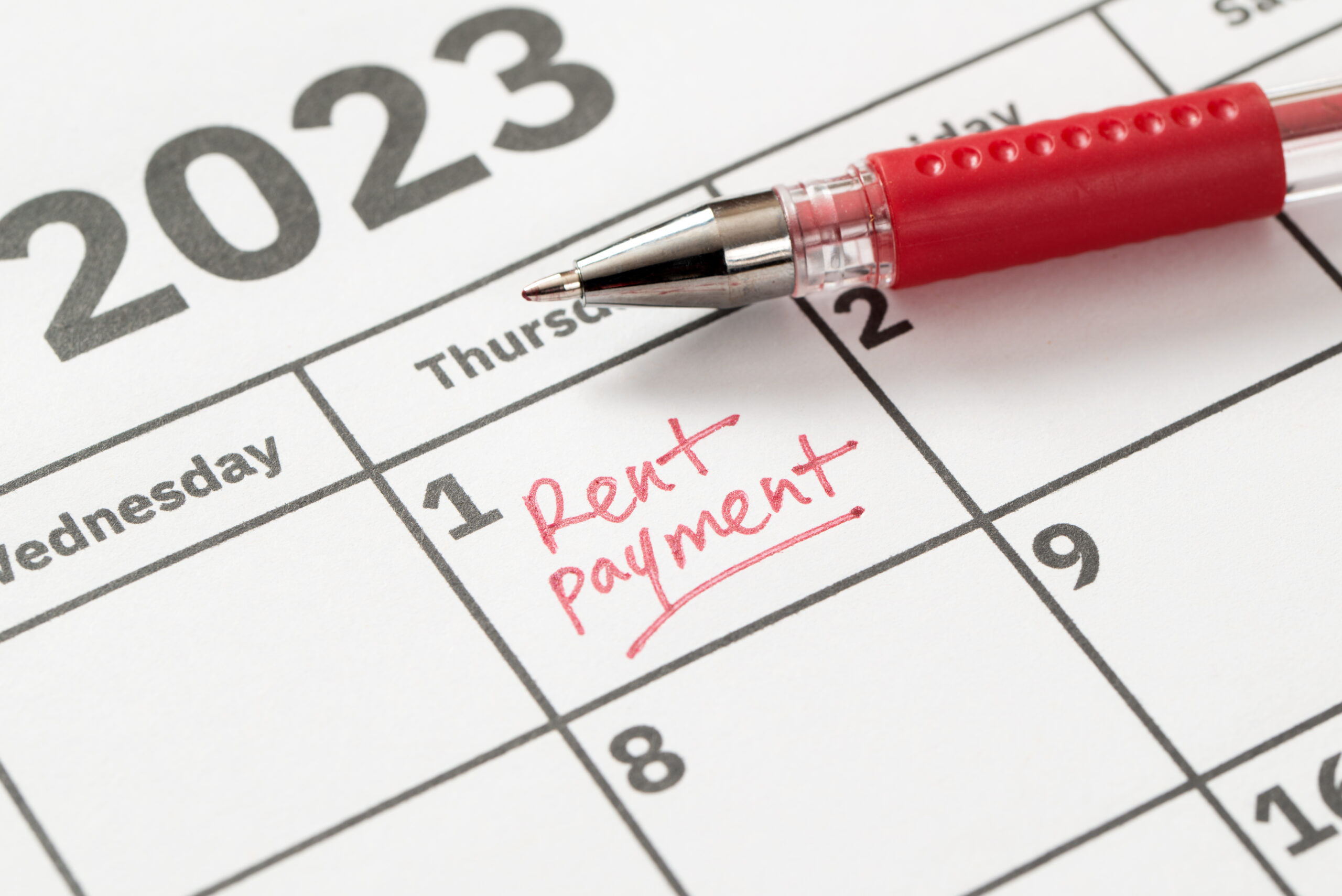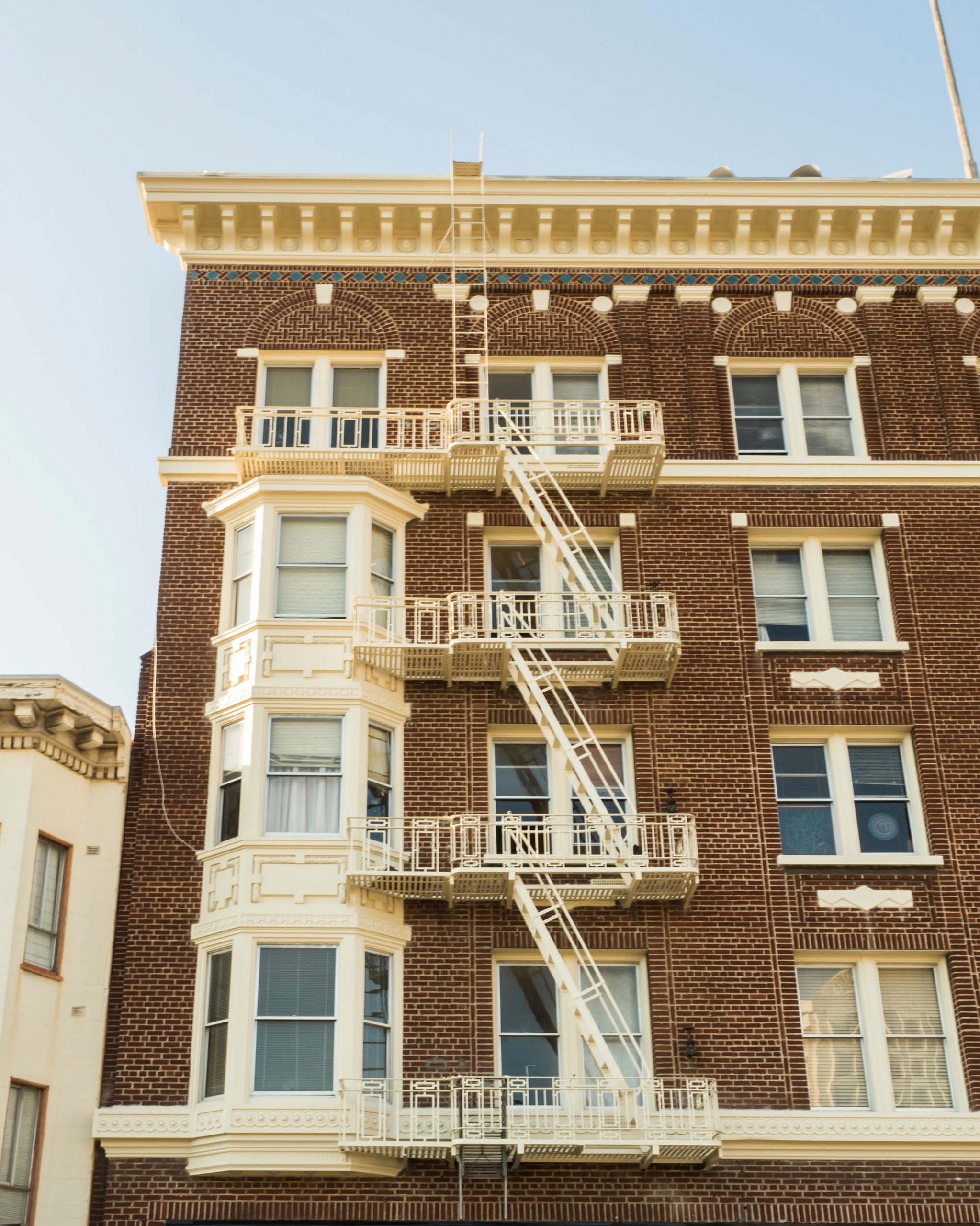Real estate developers often require agreements from neighboring property owners to coordinate logistical issues during construction. This is particularly true for infill projects in dense urban neighborhoods, where structures are frequently built to the property line and adjacent to existing buildings. Developers are well-served by considering the logistical needs of their projects during the entitlement period, so that they may begin negotiations with adjacent property owners. Doing so provides the opportunity to adjust their projects and/or budgets if it appears that obtaining necessary agreements may prove difficult or financially burdensome.
Several topics immediately come to mind when considering what kinds of agreements may be required from neighboring property owners:
Excavation
Whenever a property owner intends to undertake excavation on its property, it is required to provide notice to neighboring property owners that states (a) the depth of the planned excavation, and (b) the date when excavation will begin. When “excavation is to be of a greater depth than are the walls or foundations of any adjoining building or other structure, and is to be so close as to endanger the building or other structure in any way,” the adjacent property owner must be provided at least 30 days’ notice to protect its property from damage, and it must be given a reasonable license to enter onto the property where excavation will occur in order to do so. Cal. Civ. Code § 832(3).
The tables turn, however, when the “excavation is intended to be or is deeper than the standard depth of foundations, which depth is defined to be a depth of nine feet below the adjacent curb level. . . .” Cal. Civ. Code § 832(3). In that case, the excavating owner has the burden to protect the adjacent structure(s) without cost to the adjacent property owner, provided that the adjacent owner provides a license for the excavating owner to do so. If damage occurs to the adjacent building during the excavation, the excavating owner may be liable for such damage, except for minor settlement cracks.
When a project requires a deep excavation, the developer’s engineering team typically prepares a shoring plan. Tiebacks are often used to support the shoring system, as an alternative to internal bracing. When tiebacks will be placed under the land of an adjacent property owner, the developer must obtain the adjacent property owner’s agreement to the installation. An agreement is also required if the tiebacks will remain in place after construction.
The form of the negotiated agreement – license or recorded easement – is largely determined by what will happen to the tiebacks after the completion of construction. If title to the tiebacks will remain with the developer, a recorded easement will be required. If such title will pass to the adjacent owner, a license agreement may be sufficient. In either event, the developer should consider how removal of the tiebacks will be handled in the event that below-grade construction on the adjacent property later occurs. If the tiebacks will be removed, the developer may want to retain control over the removal process, and have an opportunity to repair any damage to waterproofing or other building systems when removal occurs. It is advisable to consider such issues when the tieback agreement is negotiated.
Pre-Construction Inspection
Given that a developer may be liable for damage caused to an adjacent structure during excavation, it should document the pre-construction condition of the interior and exterior of the building. Developers should request the right to conduct such an inspection during initial negotiations with the adjacent property owner. If there is a dispute later, the pre-construction survey provides the best evidence of the condition of the adjacent building before construction activities commenced.
Settlement Monitoring
We recommend that excavating developers monitor whether settlement is occurring on adjacent properties during the course of its excavation and other construction activities. The developer should negotiate the right to establish survey measurements on the exterior elevation of neighboring buildings, and should periodically determine if settlement has occurred. Consultation with experts will help determine what level of settlement is acceptable, and at what threshold work should stop so that the impact of any settlement may be evaluated.
Crane Installation and Operation
A mobile crane may be sufficient to facilitate the construction of smaller projects. In those cases, developers should consider where the mobile crane will be placed and for what period(s) of time. It may be necessary to negotiate with an adjacent property owner to allow the crane to be temporarily placed on the adjacent property. Developers should be mindful that some jurisdictions require a neighbor agreement for issuance of a street space permit if the mobile crane will be placed in the adjacent right of way.
Most larger projects require the use of a tower crane. Generally speaking, an agreement from a neighboring property owner is not required if a tower crane will merely weathervane over an adjacent property, and will not carry live loads over neighboring land. However, when other negotiations are being undertaken, it is advisable to incorporate a crane swing agreement when a tower crane will be used.
Scaffolding
When a developer’s construction will require the installation of ground-supported scaffolding over the boundary line with an adjacent property, it is necessary to secure consent from the adjacent property owner. If cantilevered scaffolding will be installed as vertical construction progresses, or if a swing stage may be used during construction, it is recommended that an agreement be negotiated notwithstanding legal authorities concerning the use of airspace over adjacent land.
Flashing/Waterproofing
In circumstances where a new building will abut an adjacent building, the developer often wants to install flashing or other waterproofing between the buildings. Where the installation will require access to the adjacent building or the flashing assembly will cross the boundary line between the properties, an agreement should be negotiated. It is advisable for developers to conduct that negotiation during the pre-construction negotiations of other agreements, rather than undertaking such negotiations near the end of the construction process.
Developers should also consider post-installation maintenance when negotiating for the installation of flashing. A complete agreement will outline whether one or both property owners has the obligation to maintain, repair and/or replace the flashing in the future, who will bear the associated costs, and what happens in the event that the flashing and/or one of the buildings is damaged by a casualty.
Post-Construction Maintenance
A project’s need for access to an adjacent property may not end when construction is complete. That is particularly true with lot-line buildings, where it may be necessary to use a swing stage to clean and maintain the building’s exterior. Developers should consider post-construction operational issues, and negotiate with adjacent owners about them during pre-construction negotiations.
Indemnity and Insurance
Risk allocation is a necessary part of any construction logistics agreement between adjacent property owners. Developers should be mindful that the owner of the neighboring property will likely expect to be named as an additional insured under the developer’s liability insurance policies. The express indemnity language in the agreement may control the scope of the insurance coverage that the neighbor receives. One of the developer’s goals should be to avoid assuming uninsured liabilities.
When the relationship between the developer and the adjacent property owner will continue after the completion of construction – through a post-construction maintenance agreement, access agreement, or otherwise – consideration should be given to indemnity and insurance obligations, going forward. In particular, the developer should consider whether and to what extent it may reduce the amount of liability insurance it carries after construction. A high-limit Owner-Controlled Insurance Program (OCIP) will likely be replaced with a Commercial General Liability (CGL) policy with lower limits, in keeping with the operation of a commercial building. The agreement should account for such reduction in coverage.
Dispute Resolution
Developers may also wish to negotiate about how construction and other disputes with an adjacent property owner will be resolved. Mediation followed by judicial reference – a hybrid between litigation and arbitration – may provide the best opportunity for parties to reach a compromise of issues between them, while avoiding the cost and other pitfalls of litigation.
Existing Conditions on Adjacent Property
When a developer negotiates for what it requires to construct its project, it should consider how the construction activities may impact the adjacent building. If the adjacent property has lot-line windows that must be closed, for example, the developer may benefit from offering the adjacent property owner the opportunity to perform that work. In some cases, the adjacent owner may appreciate site access to waterproof the exterior of its building (above-grade and/or below grade). Goodwill may be gained by offering to provide such accommodation, as long as work on the project is not materially delayed.
Every project presents its own construction challenges and logistical needs. We recommend that developers evaluate those challenges and needs early, so that there is sufficient time to negotiate any agreements with neighbors that may be necessary for the project to proceed. Forward-thinking developers benefit from early negotiations because they have an occasion to build goodwill with their neighbors, make adjustments to their project as may be necessary to accommodate neighbor concerns, and work around challenges when negotiations fail. They are also able to negotiate from a position of strength and negotiate an agreement that benefits their project as well as the owner of the adjacent property.
Authored by Reuben, Junius & Rose, LLP Attorney Corie A. Edwards.
The issues discussed in this update are not intended to be legal advice and no attorney-client relationship is established with the recipient. Readers should consult with legal counsel before relying on any of the information contained herein. Reuben, Junius & Rose, LLP is a full service real estate law firm. We specialize in land use, development and entitlement law. We also provide a wide range of transactional services, including leasing, acquisitions and sales, formation of limited liability companies and other entities, lending/workout assistance, subdivision and condominium work.





